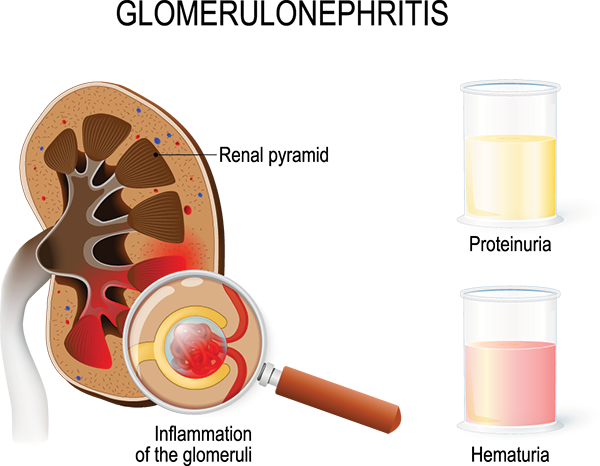A nurse is caring for a preschooler with a partial-thickness burn on her right forearm. Which of the following findings should the nurse expect? (Select all that apply.).
Intact epidermis.
Dry surface.
Sensitive to touch.
Wound blanches with pressure.
Blisters.
Correct Answer : C,D,E
The correct answers are C, D, and E.
Choice A rationale: Intact epidermis would not be expected with a partial-thickness burn as the burn extends into the dermis.
Choice B rationale: A dry surface is not characteristic of partial-thickness burns, which typically have a moist surface.
Choice C rationale: Partial-thickness burns are sensitive to touch due to the damage to nerve endings in the dermis.
Choice D rationale: Wound blanches with pressure because the blood vessels are damaged, allowing blanching on pressure.
Choice E rationale: Blisters are a common feature of partial-thickness burns, as the damage to the dermis causes fluid to accumulate.
Nursing Test Bank
Naxlex Comprehensive Predictor Exams
Related Questions
Correct Answer is A
Explanation
The nurse should place the client on a low-sodium, fluid-restricted diet.
Acute glomerulonephritis is a kidney disease that can cause fluid retention and edema.
A low-sodium diet can help reduce fluid retention and swelling.
Fluid restriction can also help manage fluid balance and prevent further complications.
Choice B is not the best answer because a regular diet with no added salt may still contain high levels of sodium.
Choice C is not the best answer because a low-protein, low-potassium diet may not address the client’s fluid retention and edema.
Choice D is not the best answer because a low-carbohydrate, low-protein diet may not provide adequate nutrition for the client.
Correct Answer is A
Explanation
Nursing care planning goals for a child with acute glomerulonephritis are directed toward the excretion of excess fluid through urination.
Monitoring fluid status is very important and daily weights are an effective way to monitor fluid retention, as weight gain is the earliest sign of fluid retention.
Choice B, Educating the parents about potential complications, is important but not the nurse’s priority.
Choice C, Place the child on a no-salt-added diet, which may be part of the treatment
plan but is not the nurse’s priority.
Choice D, Maintaining a saline lock, may be necessary for administering medications but is not the nurse’s priority.

Whether you are a student looking to ace your exams or a practicing nurse seeking to enhance your expertise , our nursing education contents will empower you with the confidence and competence to make a difference in the lives of patients and become a respected leader in the healthcare field.
Visit Naxlex, invest in your future and unlock endless possibilities with our unparalleled nursing education contents today
Report Wrong Answer on the Current Question
Do you disagree with the answer? If yes, what is your expected answer? Explain.
Kindly be descriptive with the issue you are facing.
